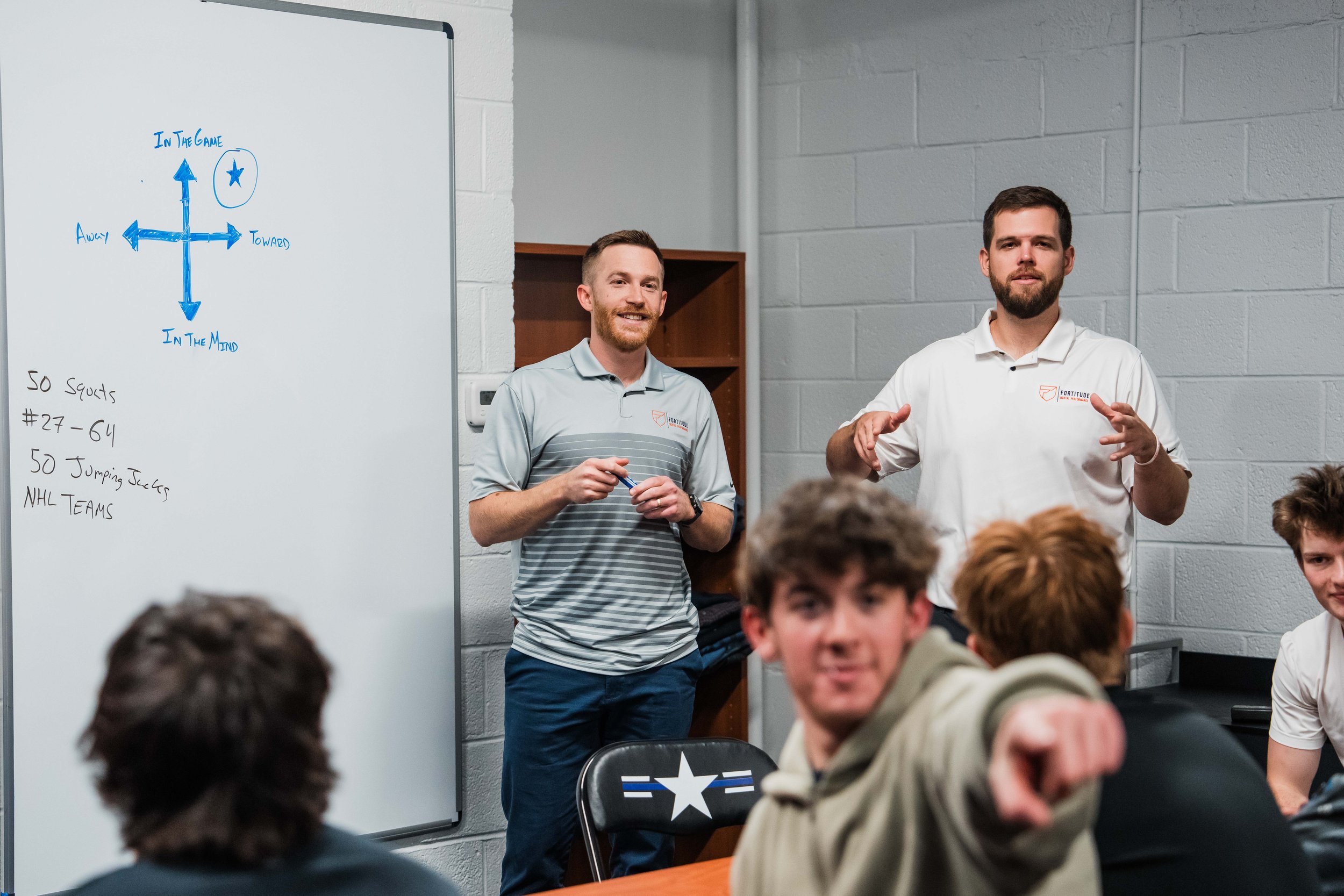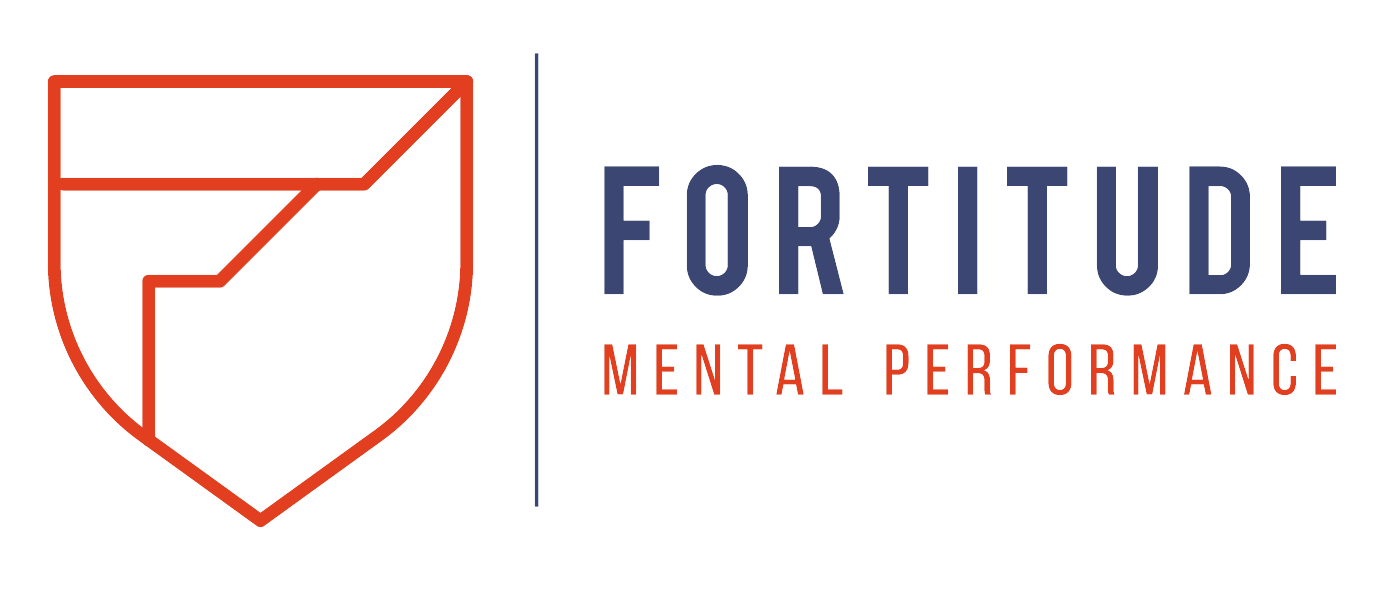
Team Culture: The Guide to Building High-Performing Teams
What is Team Culture?
Culture is more than a buzzword. It’s the underlying set of beliefs, values, and norms that guides how a team operates. In short, culture is the set of codes, ideas, and values a group shares. It shows up in how people act together and how they make sense of “the way we do things here.” You see it most clearly when new members join, they’re quickly taught what’s right and wrong, not just by words, but by what the group actually pays attention to and reinforces.
Why Culture Matters
Without intentional leadership, culture often defaults to the most charismatic athletes, for better or worse. Teams with a strong culture share a clear purpose, a distinct identity, well-defined norms, and a sense of belonging that drives collective effort.
Purpose
Clear purpose aligns the group and drives commitment. When a team understands what it stands for and why it exists beyond wins and losses, members prioritize the collective over individual agendas.
Identity
At the heart of strong culture is a shared identity. A sense of “one of us” that shapes every interaction, practice, and game. Teams with a strong shared identity experience greater resilience, better well-being, and more consistent performance.
Belonging
Psychological safety and belonging are critical to a team’s ability to commit, take risks, and recover from setbacks. When athletes feel like they truly matter to the group, they invest more fully in team goals.
Leadership drives Team Culture.
Coaches are the architects of the environment. They are the thermostat that sets the temperature for an organization. Leadership starts with leading oneself, creating a blueprint of their leadership philosophy, and the mental skills to execute it under pressure.
Leadership isn’t just at the top, though. Great teams share leadership, with athletes and coaches all working together to push toward the team’s vision.
Leadership Philosophy
All coaches operate from a set of assumptions and values about what drives results. When these assumptions are clarified and aligned, they form a clear leadership philosophy. Unfortunately, not all coaches have thought about or written down their philosophy. Without it, there’s a real risk of inconsistency in how they lead, communicate, and make decisions.
Transformational Leadership
Transformational leadership is critical for inspiring vision and commitment, especially during adversity. Coaches who embody this style influence motivation, resilience, and engagement in their teams.
Shared Leadership
Strong teams benefit when leadership is distributed among athletes, empowering them to take ownership of the team’s vision and day-to-day functioning. This approach enhances cohesion, builds trust, and strengthens the coach’s role.
Coaches need Coaching, too
Even the best leaders need reflection, feedback, and guidance. By investing in their own development, coaches model growth and create stronger teams.
Team Culture shapes high-performing teams.
Team building isn’t magic. High-performing teams are often attributed to “team chemistry” — the idea that success comes from the right mix of athletes, schedule, and timing. That mindset leaves leaders feeling helpless. The reality: great teams are built on evidence-based principles that any leader can learn and apply.
High-performing teams thrive on clarity, coordination, and cohesion. Everyone understands the goals, their roles, and how the team operates together. Coordinated efforts allow teams to adapt under pressure while maintaining high standards. Task cohesion drives performance, while social and leadership roles balance execution and culture.
Alignment
Strong teams operate in alignment — everyone understands priorities, responsibilities, and expectations. When alignment is missing, efforts are wasted and frustration grows. Coaches can strengthen alignment by clarifying roles, norms, and processes, ensuring the group is moving in the same direction.
Shared Cognitions
High-performing teams rely on shared cognitions — a common understanding of goals, roles, and strategies. Task clarity, role clarity, and agreed-upon norms allow teams to adjust quickly to changing circumstances, coordinate effectively, and maintain performance under pressure.
Coordination
Coordination is the backbone of team performance. Teams that communicate, update each other, and work in sync execute plans more efficiently and respond faster to challenges. Leaders can foster coordination by setting clear goals, preparing contingencies, and checking in regularly with the group.

